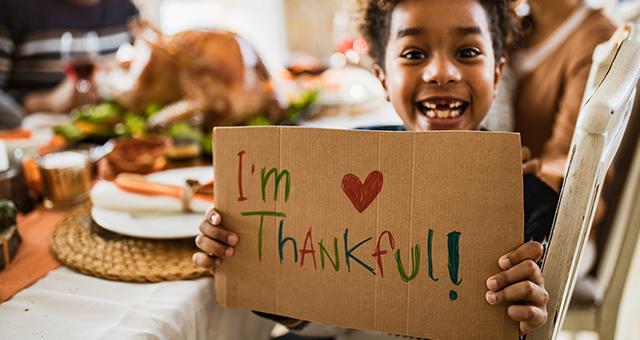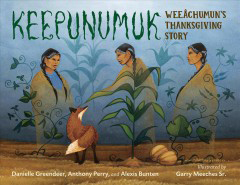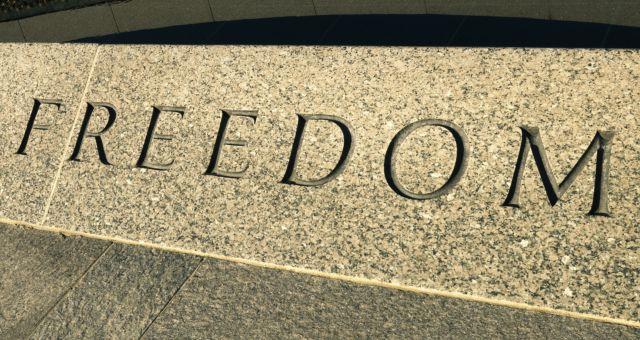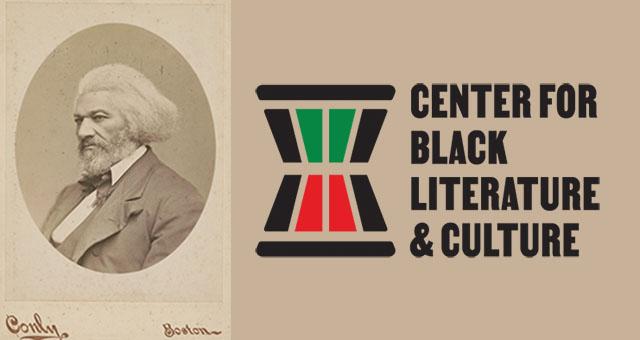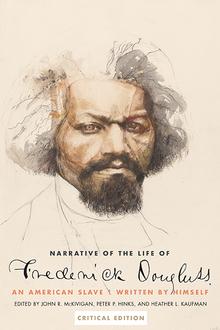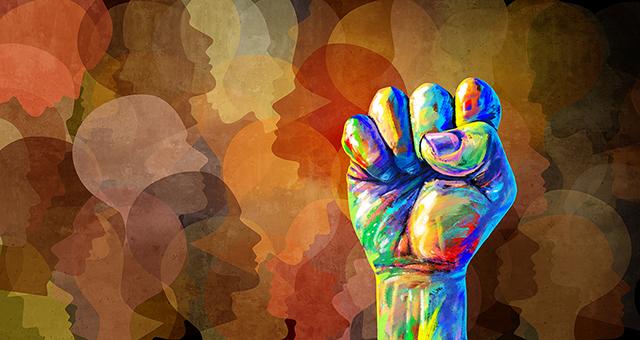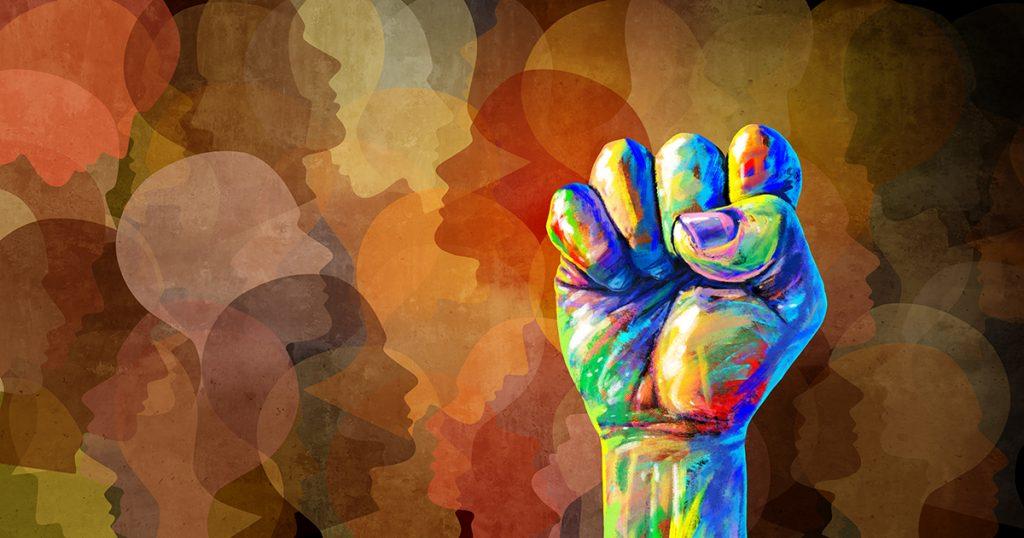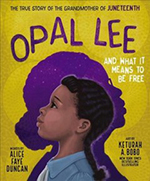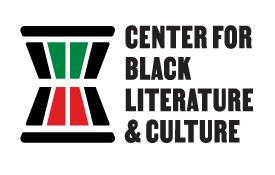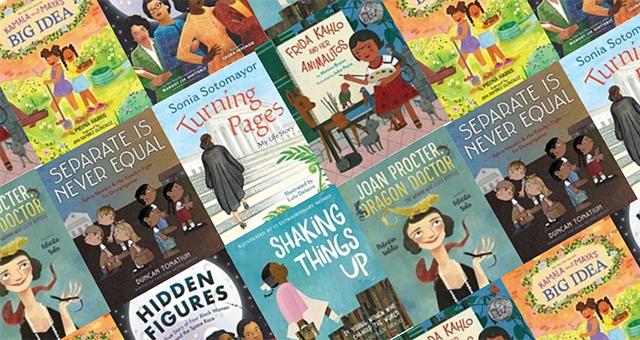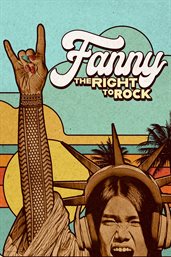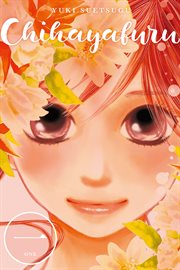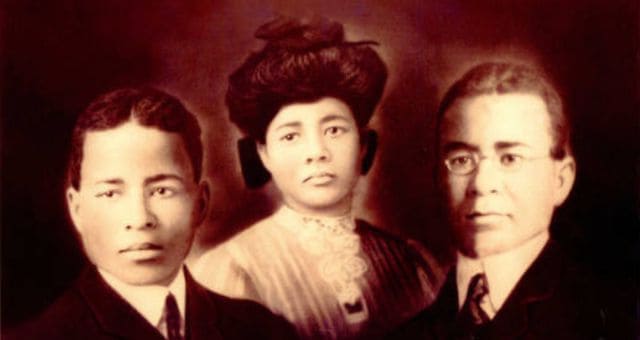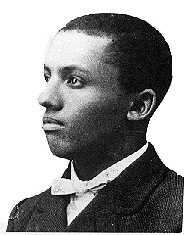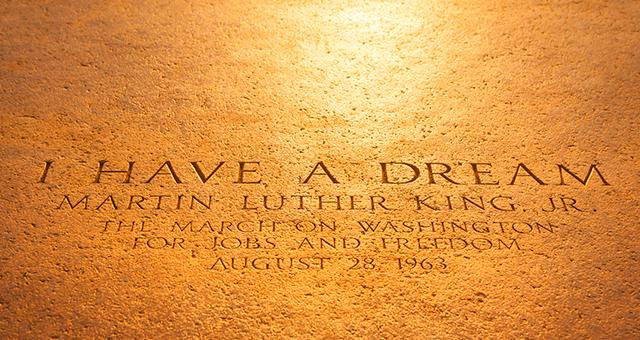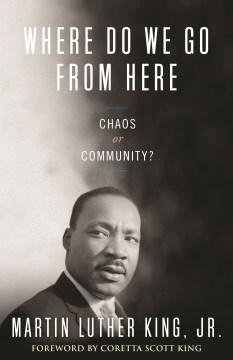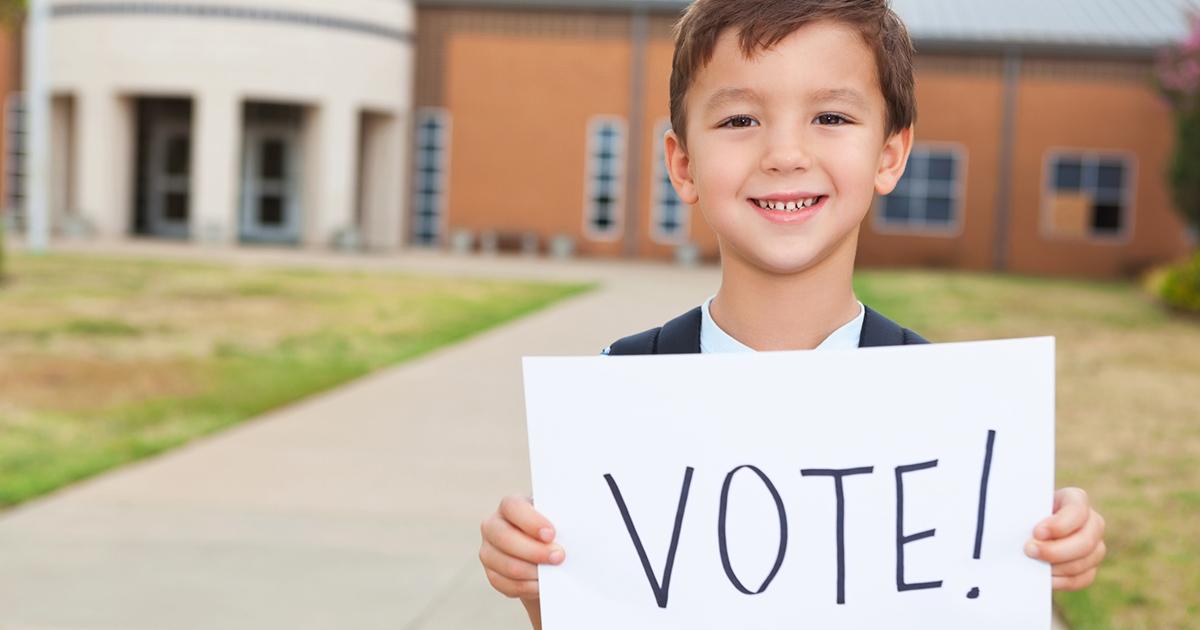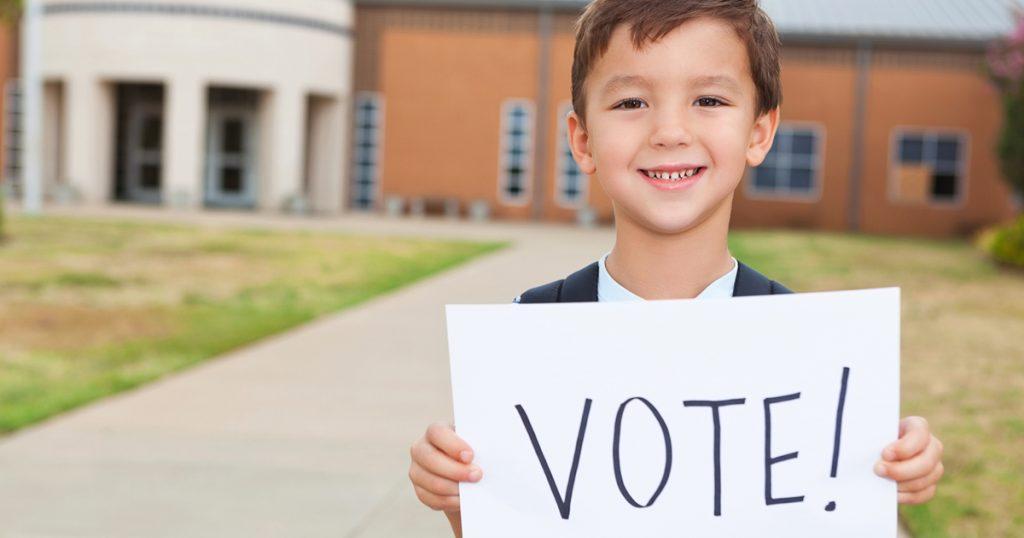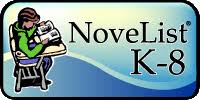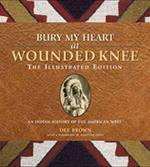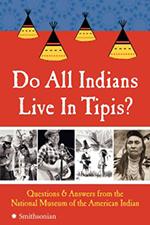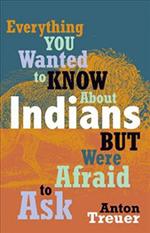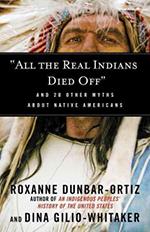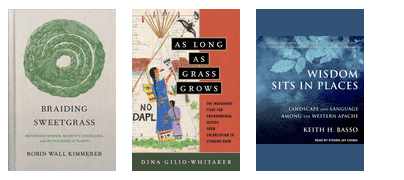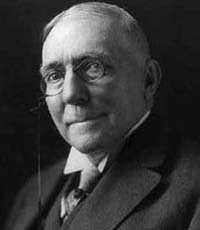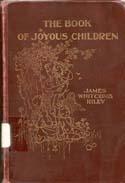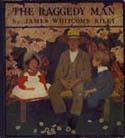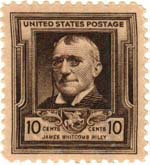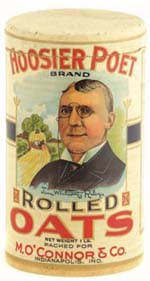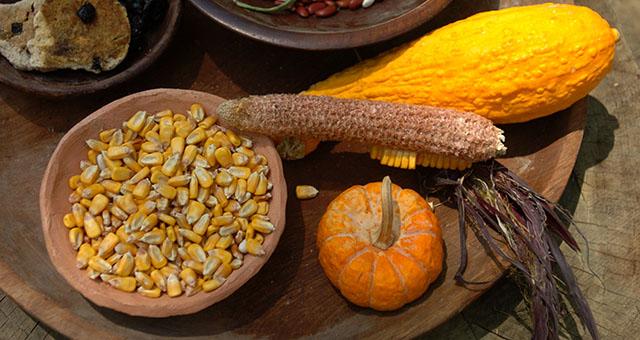
Many American families gather for Thanksgiving, a day to share food, family memories, and gratitude for both. The arrival of early settlers and the colonization of North America is part of our shared history as Americans. It is important to learn and remember the full history of colonization and the reality that it included centuries of genocide, the theft of land, and oppression. As a result, Indigenous Peoples recognize Thanksgiving as a day of mourning. It is a time to remember ancestral history as well as a day to acknowledge and protest the racism and oppression which they continue to experience today. The following resources will help you learn more about Indigenous Peoples and Thanksgiving.
National Day of Mourning
Since 1970 there has been a gathering at the Plymouth rock historic site in Massachusetts on Thanksgiving Day to commemorate the National Day of Mourning. The United American Indians of New England will host the 54th Annual National Day of Mourning on November 23, 2023. Watch their website for livestreaming information on that day.
In this video from the National Museum of the American Indian, Paul Chaat Smith (Comanche) co-curator of the exhibit Americans, looks at why the Thanksgiving story is so important to the United States’ image of itself as a nation. Watch it to gain a better understanding of Indigenous Peoples and Thanksgiving.
Read books by Indigenous authors.
In our collection, two notable titles about Thanksgiving are, for adults, This Land Is Their Land: The Wampanoag Indians, Plymouth Colony, and the Troubled History of Thanksgiving by David J. Silverman, and for children, 1621: A New Look at Thanksgiving by Margaret M. Bruchac (Abenaki) and Catherine Grace O’Neill. (For more resources for kids see Talking to Kids About Thanksgiving.)
There have been a number of books published by Indigenous authors to share Indigenous perspective for both adults and children in a variety of topics. First Nations publishes a list of essential reading for anyone interested in learning about the Native American experience. To help you find these books in our collection, see our blog post Finding Books by Indigenous Authors.
“Many of us here – as Native Americans, avid readers, activists for improving Native American economies and communities, and as direct participants in the Native American experience – believe that we are uniquely positioned to suggest this reading list,” said First Nations President & CEO Michael Roberts. “We attempted to include many facets of the Native American experience, as well as books and research reports that would be of interest to a broad variety of readers.”
Take a deeper dive in our collection and online.
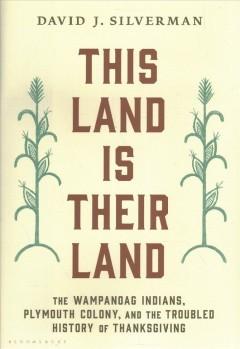
- National Museum of the American Indian American Indian Perspectives on Thanksgiving
- National Museum of the American Indian Do American Indians Celebrate Thanksgiving?
- National Museum of the American Indian Everyone’s history matters: The Wampanoag Indian Thanksgiving story deserves to be known
- National Museum of the American Indian: Rethinking Thanksgiving Celebrations: Native Perspectives on Thanksgiving
- Oyato.org: Deconstructing the Myths of “The First Thanksgiving”
- Native Hope: What Does Thanksgiving Mean to Native Americans?
- Cultural Survival: 9 Ways to Decolonize and Honor Native Peoples on Thanksgiving
Learn about the people whose land you live on.
Native Land is an interesting interactive map. Enter your address and get an answer to “You are on the land of…” The map will tell you the name of the Indigenous People who once lived where you live. Besides curiosity, why would a person want to know this? The creators of the map hope to encourage discussion and increase awareness about Indigenous history and the diverse cultures of Native People. There is a teacher’s guide to go with the map which is also helpful.
